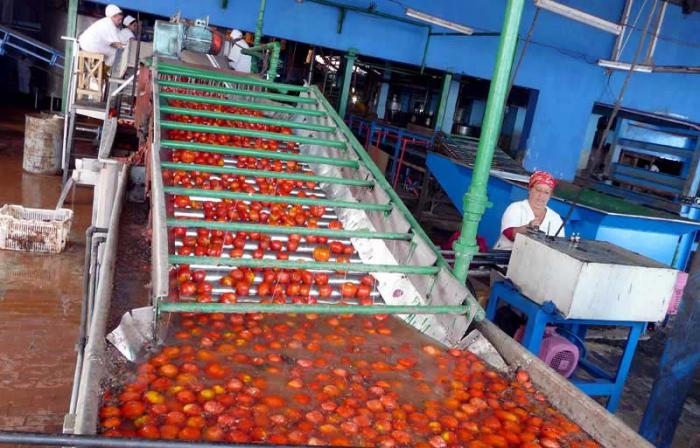Remembering Cuba’s La Conchita in its Glory Days
By Pilar Montes

HAVANA TIMES — Certain smells and tastes bring back childhood memories of a Cuban brand of guava jelly and conserves named La Conchita. I also sometimes miss the black and red beans that could compete with the Kirby and, more recently, Goya brands, very well known in the United States, Dominican Republic, Central America and Venezuela.
La Conchita was established in 1947 on Havana’s 20 de mayo street. It was later relocated to Las Ovas, in Pinar del Rio, where it began operations in 1952. The name is that of one its owners, Concepcion Martinez (known as “Conchita”).
Once the manufacturer of 72 different products, including natural and concentrated marmalades, fruits in syrup, tomato derivatives, fruit pastes, juices, vegetables, mayonnaise and dressings, the plant, taken over by the government in 1960, has been virtually empty and the equipment operating only three times during the week due to raw material shortages.
In an article published by the Pinar del Rio newspaper El Guerrillero in 2013, we find comments from readers, two of whom were from Spain and one of whom, with an irate tone, asked to know whether La Conchita had ceased to export products, so as to stop looking for them at stores.

Though the factory was ready to process 14,000 tons of tomato, the supplies contracted by the company could not be delivered owing to the effects of the drought in the province.
Noel Jesus Benitez, chief of operations at the plant, told the press that agriculture authorities estimated they could deliver a mere 1,500 tons. This is coupled with the poor quality of the tomato delivered, which affects the yield at the factory.
The company is looking for alternatives in terms of supplies so as to be able to manufacture ketchup, tomato soup, spaghetti sauce and Conchita sauce. Similarly, other raw materials are being ought to manufacture garlic and onion sauce. But none will make up for the main product needed.
Considering this is an internationally renowned brand, in order not to make cutbacks, why doesn’t the company look for supplies in other parts of the country that are less affected by the draught, instead of importing the tomatoes?
Imports could come too late. Could it be a bureaucratic structure with several decision-making levels is what gets in the way? All the while, customers at home and abroad continue to go unsatisfied.





